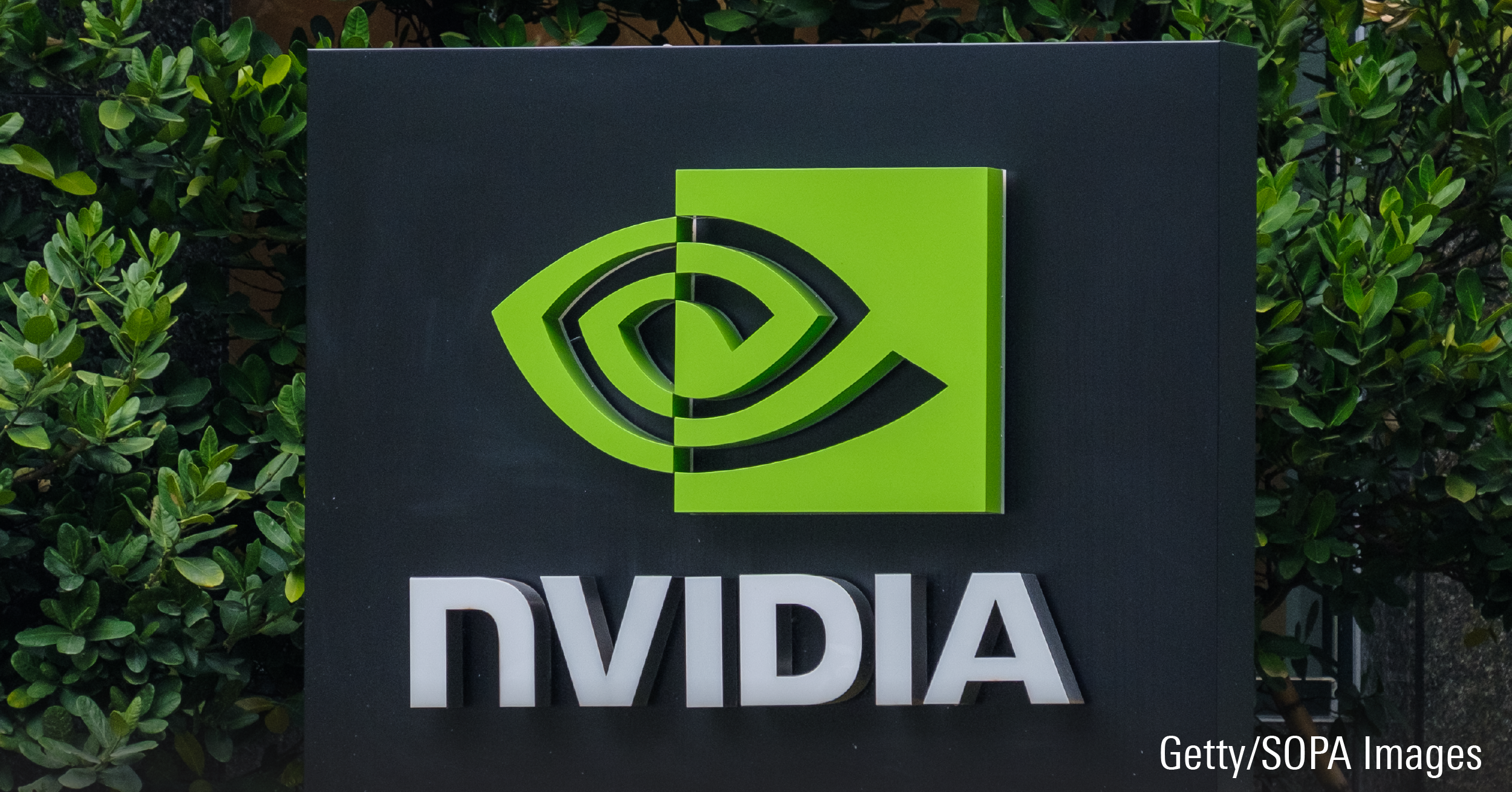The concept of low-volatility investing had long appealed to Jean Masson, but it was a 1991 research paper by Robert Haugen, and a meeting with him at St. Louis's Washington University, that clinched it for Masson, a former professor of finance and now Montreal-based managing director at TD Asset Management Inc.
"You can see that a minimum-volatility portfolio has slightly higher returns than a cap-weighted index and only 75% of the volatility," says Masson, referring to The Efficient Market Inefficiency of Capitalization-Weighted Stock Portfolios, by Robert Haugen and Nardin Baker, published in the Journal of Portfolio Management.
"The goal of the paper was not to promote low-volatility investing. It was to test the capital-asset pricing model (CAPM)," says Masson, who earned his PhD in finance at the University of Rochester in 1988. Put simply, CAPM is based on the notion that high-beta stocks should have higher expected returns than low-beta stocks.
Flash forward to 2009, 12 years after Masson had joined TDAM, when he put his ideas into practice and sold institutional investors on TD Emerald Low Volatility Canadian Equity Pooled Trust, the first such product in Canada.
Today, the firm's pioneering work has paid off and the 10-person team oversees about $11 billion in assets under management, including several retail funds. Launched in November 2011, the Morningstar 3-star rated TD Global Low Volatility has become the largest Global Equity fund in Canada, having grown to $5.7 billion in assets.
What makes low-volatility investing different from other investment styles is that it focuses on firms with stable earnings that are almost boringly predictable. In other words, the McDonald's of the world may not deliver the latest and greatest gizmos, but they provide steady growth that compounds over time. A little bit like the tortoise and the hare -- and the tortoise emerges the winner.
Take TD Global Low Volatility: it has a well-diversified portfolio with about 300 stocks. Typical names include ![]() Lockheed Martin Corp. LMT,
Lockheed Martin Corp. LMT, ![]() BCE Inc. BCE and, yes,
BCE Inc. BCE and, yes, ![]() McDonald's Corp. MCD. The $50-million TD Canadian Low Volatility Class has about 80 to 90 names -- a smaller number because of the smaller investment universe. Limited to about 3.25% of the portfolio, representative holdings include
McDonald's Corp. MCD. The $50-million TD Canadian Low Volatility Class has about 80 to 90 names -- a smaller number because of the smaller investment universe. Limited to about 3.25% of the portfolio, representative holdings include ![]() Metro Inc. MRU and
Metro Inc. MRU and ![]() TransCanada Corp. TRP.
TransCanada Corp. TRP.
Masson and his team employ a mix of top-down and bottom-up stock picking. "We're pretty good at forecasting future returns and future volatility due to market-wide movements," he says. "If the price of oil goes up, that's good for oil stocks but bad for transportation stocks. You can predict that. If interest rates go up, it's good for commercial banks and not so good for utilities and real estate investment trusts. But we're not as good at predicting stock-specific events." As a result, the team will mitigate risk in the global equity fund by limiting holdings to 1% of the portfolio.
Masson acknowledges that low-volatility investing is not an all-weather panacea and will lag in markets that award strong returns to high-beta stocks. Then again, he argues that the methodology is for investors who do not mind underperforming in robust market conditions.
"You give up super-duper performance when markets are exuberant, which are typically led by cyclical and high-tech names. The flip side is that if markets are not fantastic, or even negative, then they are less negative when you own railroads and telecoms. Low-volatility investing tends to be concentrated in these kinds of assets."
With markets experiencing rising volatility due to uncertainty about central-bank policies and energy prices, Masson is confident that low-volatility investing will prevail. "In absolute terms, the funds may not do as well as they did in 2014. But relative to the rest of the market, I expect they will do way better," says Masson, who anticipates that investment returns will be lower for the next one to two years. "One of the reasons is simple compounding: the lower the amplitude of returns, the less that compounding is hurt."



















